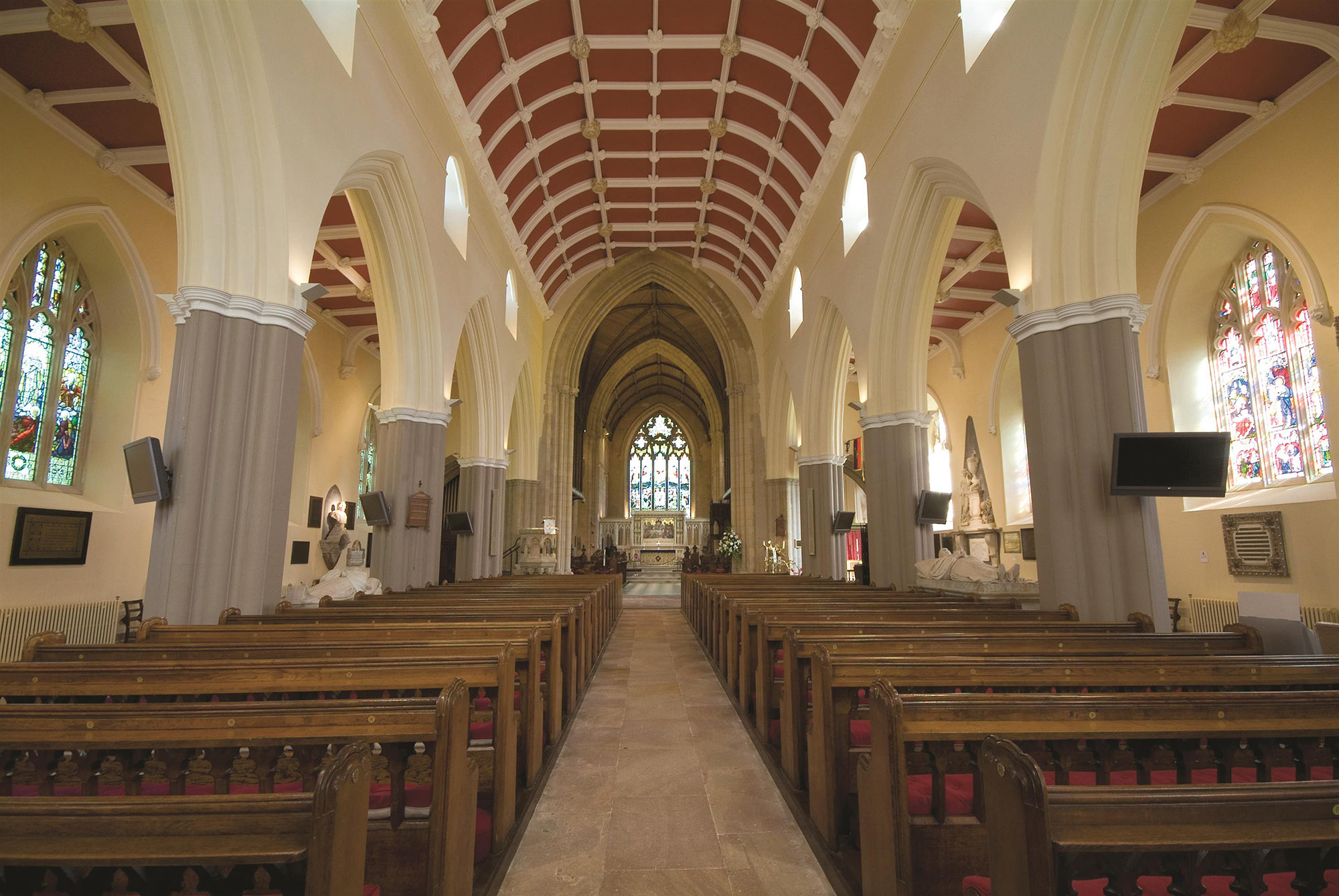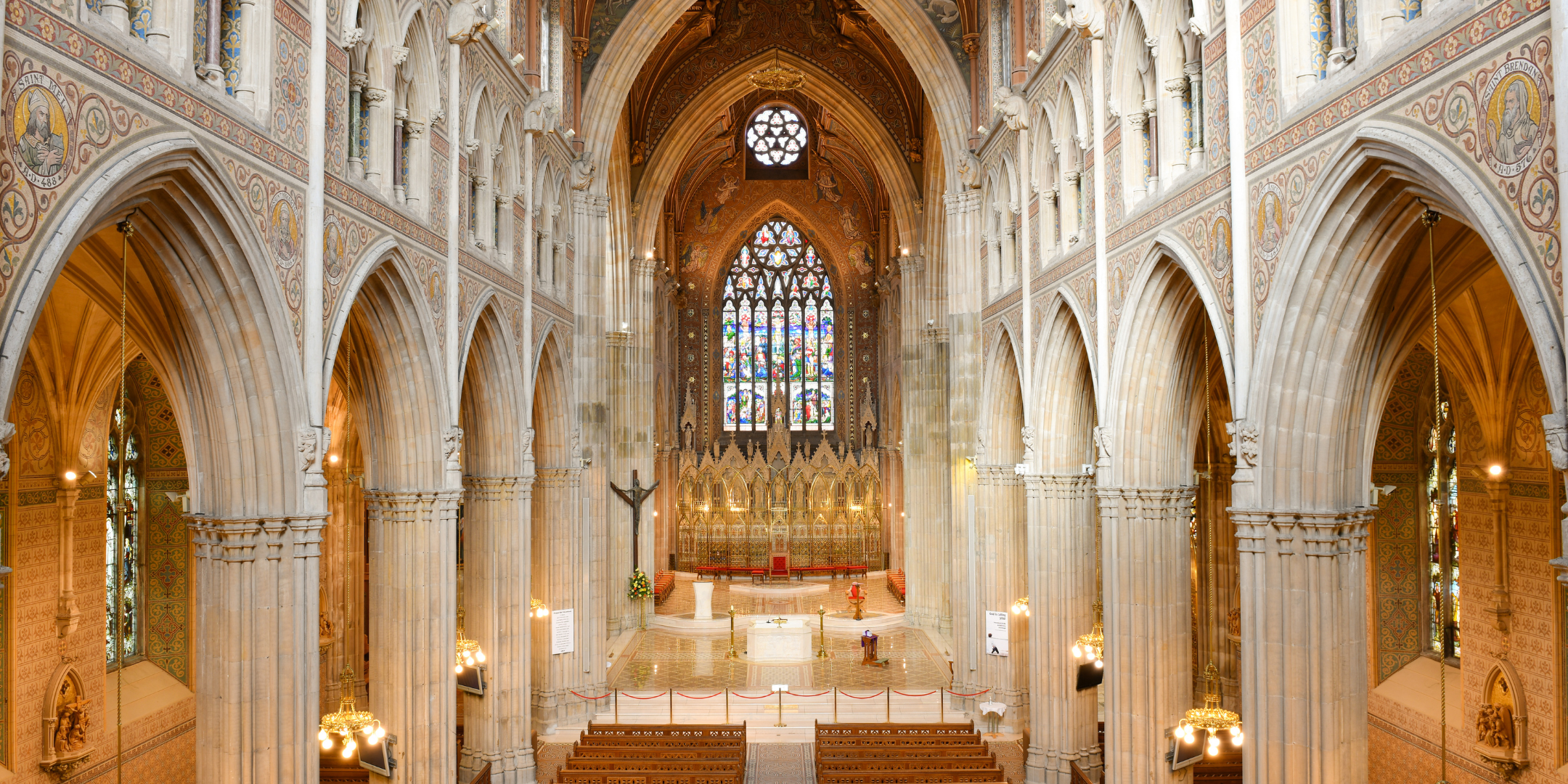Rich in history and heritage, Armagh and the surrounding areas are home to majestic sites, significant artifacts and ancient treasures, which tell stories of the past.

Step Back in Time: Historical Sites to Visit this Autumn

Where to start? Why not start on the Hill of Armagh, learning more about St Patrick and the location of his first great stone church in Ireland. Visit the Church of Ireland Cathedral and see also the burial site of Brian Boru, High King of Ireland. Just across the grounds lies Vicars’ Hill (open by appointment only) which was built as part of Archbishop Robinson’s plans for the city. It now contains many collections and curiosities which will appeal to all ages.
Continue on your travels to Abbey Street, literally around the corner and be inspired by the calming presence of the Armagh Robinson Library. This library; founded in 1771, has books, prints, manuscripts and more shelved from floor to ceiling on all matter of subjects; medicine, science, history, law and more and also in several languages.

Further along, down the hill to the Shambles Market, originally a corn market and then a cattle market until the 1970’s, continue to the Roman Catholic Cathedral, built in various phases between 1840 and 1904 and unmissable with its spires gracing the skyline. Whilst visitors are welcome to enter the Cathedral, specific guided tours for groups are available. For more information, visit armaghparish.net/cathedral-tours.
Across the city, walk across The Mall, the green space of the city, of historical interest and established by Archbishop Robinson as common land for use as a public park. Take your pick from Armagh County Museum; the oldest County Museum in Ireland, chockfull of objects of interest relating to the history of Armagh and the county. The Royal Irish Fusiliers Museum depicts the history and legacy of the Royal Irish Fusiliers, a regiment raised in 1793 and known as the “Faughs.” Armagh Observatory and Planetarium; the Observatory, still a cutting edge, astronomical working research space was opened in 1790 by Archbishop Robinson. The adjacent Planetarium offers a window into space and astronomy for visitors.
Beyond the city, enjoy The Argory, National Trust property and once home to the MacGeough Bond family. It is situated in a pretty location, with the Neo-Classical house having a pretty view of the River Blackwater. The house contains many interesting artefacts, including a barrel organ, beautiful family letters from the past showing their affectionate correspondence with each other and much more.
More historical connections are to be found at Brownlow Castle, located beside Lurgan Park. This large Grade A listed building has a connection to WW1 and 2 serving as HQ for regiments including the American contingent prior to the D-Day landings.
Please note it is advisable to check all opening times in advance of your visit.
